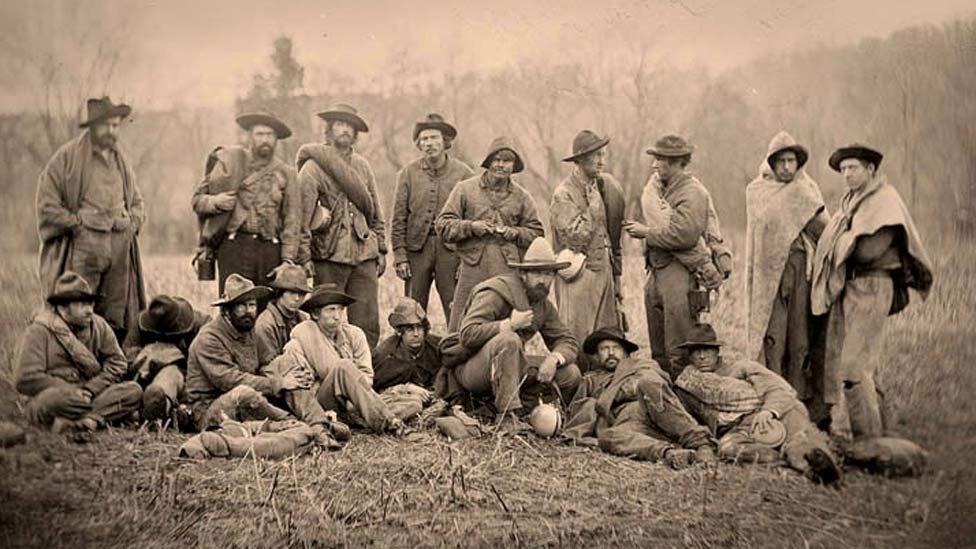The American Civil War surrender on the Mersey
- Published
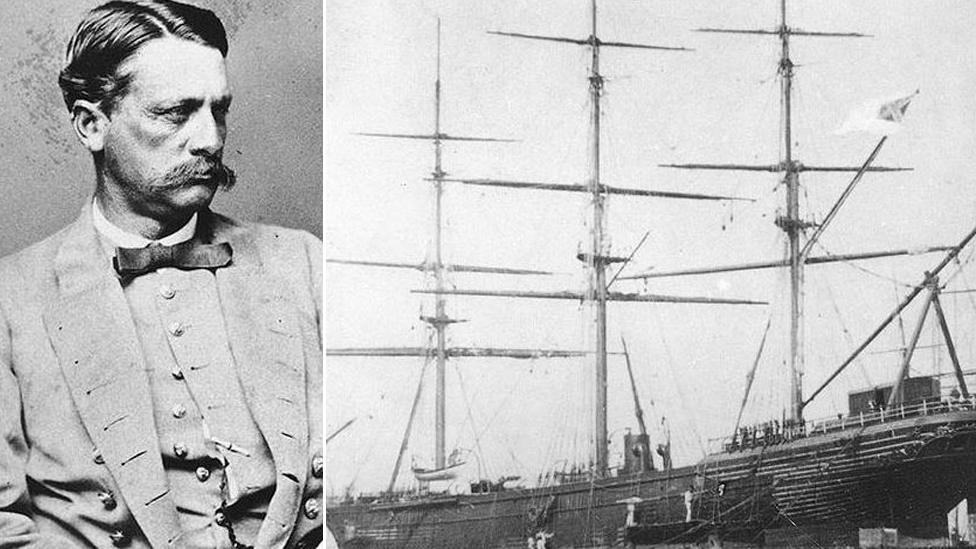
James Waddell, captain of the CSS Shenandoah, surrendered at Liverpool Town Hall
One-hundred-and-fifty years ago, several months after the end of the American Civil War, the Confederate ship the CSS Shenandoah sailed up the River Mersey to surrender in Liverpool. But why was the last belligerent Confederate flag of the war lowered in the city, thousands of miles away from the deserted battlefields of America? And what was Liverpool's connection with the rebel forces of the South?
In what was a curious footnote to four years of carnage, on 6 November 1865 a figure in a grey Confederate uniform strode into Liverpool Town Hall to surrender formally.
James Waddell, captain of the CSS Shenandoah, was a former US Navy officer who had resigned his commission on the outbreak of war.
It was for very good reason Waddell chose to surrender the vessel in Liverpool - where it had been purchased, outfitted and registered the year before - as he could have been hanged for piracy if he returned to his homeland.
In the months before their voyage to Liverpool, Waddell, along with his Confederate officers and British sailors, had been wreaking havoc on whalers, as part of the Confederacy's strategy of targeting unarmed merchant vessels.

Many Liverpool-registered ships were used by the Confederacy in a bid to defy Abraham Lincoln's blockade
During its short life as a Confederate vessel, the Shenandoah sank or captured 38 merchant ships.
In June 1865, and with the crew unaware the war had already ended, the Shenandoah fired the last shots of the war in the Bering Sea off Siberia.
"It was the 19th Century version of the Japanese soldier who was found on a Pacific island thinking the Second World War was still on," said Dr Thomas Sebrell, visiting lecturer in history at the University of Westminster.
But on 2 August, as the ship headed for San Francisco stalking a vessel carrying gold, Waddell and his crew encountered another Liverpool ship, Barrocouta, sailing out of San Francisco Harbour.
They were shown newspaper reports confirming the war was over and Waddell decided to take the ship to its registered port of Liverpool.
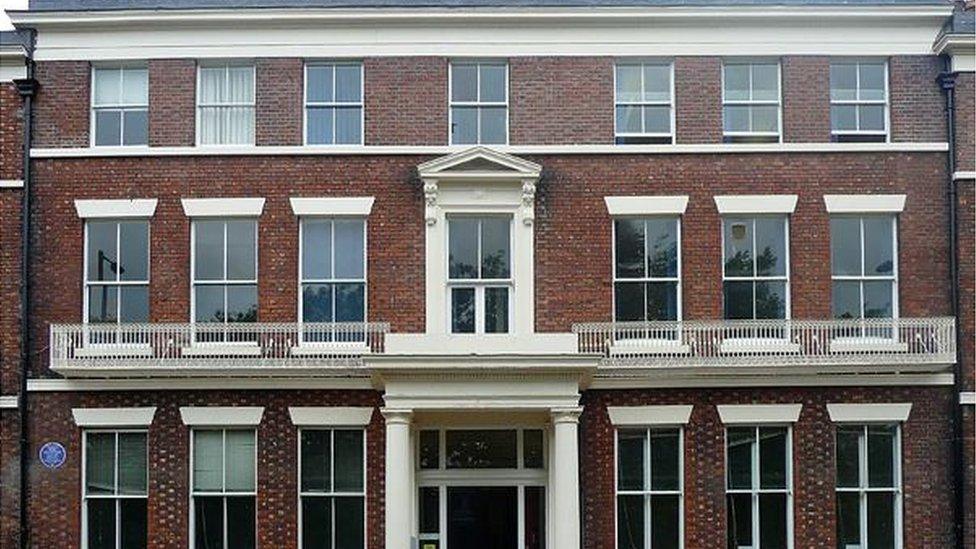
Liverpool was a hotbed of Confederacy - 19 Abercromby Square was a hub for efforts to equip and supply the South
Arriving to what local newspaper the Liverpool Mercury called "considerable excitement" on 5 November, the Shenandoah sailed up the Mersey and moored alongside HMS Donegal.
The next morning Waddell surrendered to the Donegal and lowered the war's last belligerent Confederate flag.
Later that day, the formal notice of surrender was delivered to Liverpool Town Hall by Waddell, where he met the Lord Mayor of Liverpool.

The American Civil War
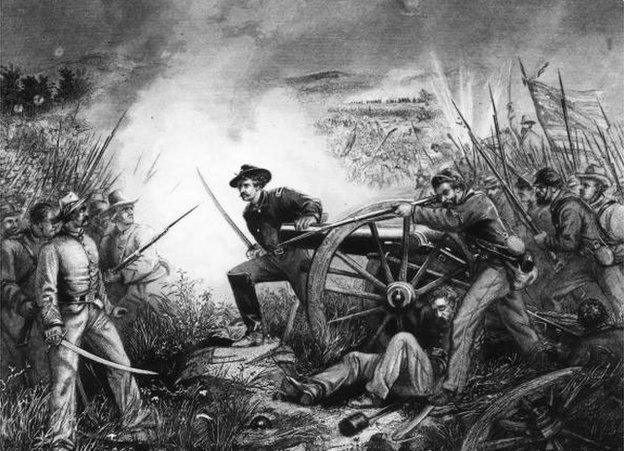
Abraham Lincoln's election as president in 1860 triggered seven southern states to declare their secession and form the Confederate States of America, but Lincoln's administration refused to recognise it as legitimate
The root causes of the war are still debated - but differences over slavery between the northern and southern states were a crucial element
Lincoln had pledged to keep slavery out of newly formed western territories, but the Confederates did not believe in the power of the national government to prohibit it
In the first battle, the Confederates bombarded Union soldiers at Fort Sumter, South Carolina, on 12 April 1861
After several years of fighting, the Northern army was victorious and the rebellious states returned to the Union

Liverpool was a hotbed of Confederate support - a fundraising event at the city's St George's Hall had raised the equivalent of nearly a £1m for Southern prisoners-of-war held in Union camps.
Dr Sebrell said: "Visitors who enter 19 Abercromby Square [later the residence of the Bishop of Liverpool], now part of the University of Liverpool, will likely not understand why there are Confederate and South Carolina symbols in the moulding, ceiling paintings and ornamental features.
"This house, built by Charles Kuhn Prioleau [a prominent cotton trader], boasts the most valuable Confederate art and architectural pieces in the world, and most of them are now well-preserved.
"The fact that some of the South's most wealthy and prominent cotton-trading firms had offices based in Liverpool destined the city to become a hotbed of pro-Confederate activity throughout the four-year conflict," Dr Sebrell said.

The CSS Shenandoah
1,160-ton steam passenger/cargo ship launched in Glasgow in 1863 as the Sea King
A year later renamed CSS Shenandoah and refitted with cannon for covert military use, setting sail for the Pacific from Liverpool in 1864 as part of the Confederate Navy
In a year of action, during which time it sailed 58,000 miles to the Pacific and back, the ship became a feared raider of Union vessels
It was sold in 1866 to the Sultan of Zanzibar and renamed El Majidi, but the vessel was reported lost at sea the following decade
Source: The Officers of the CSS Shenandoah - Angus Curry

Rifles, cannon, uniforms, munitions and medicine were sent across the Atlantic from Liverpool in a bid to beat President Abraham Lincoln's naval blockade of his country's southern and eastern coastline.
Local historian Roy Rawlinson said the city's sympathies were clearly not with the Union.
He said: "It is said more Confederate flags flew over Liverpool than Richmond [the city in Virginia was one of the Confederacy's capitals].
"Years later the British sailors would talk about 'their ship' and 'their war'."
And so while the Shenandoah may have been welcomed in Liverpool, the British Government was less enthused by its return.
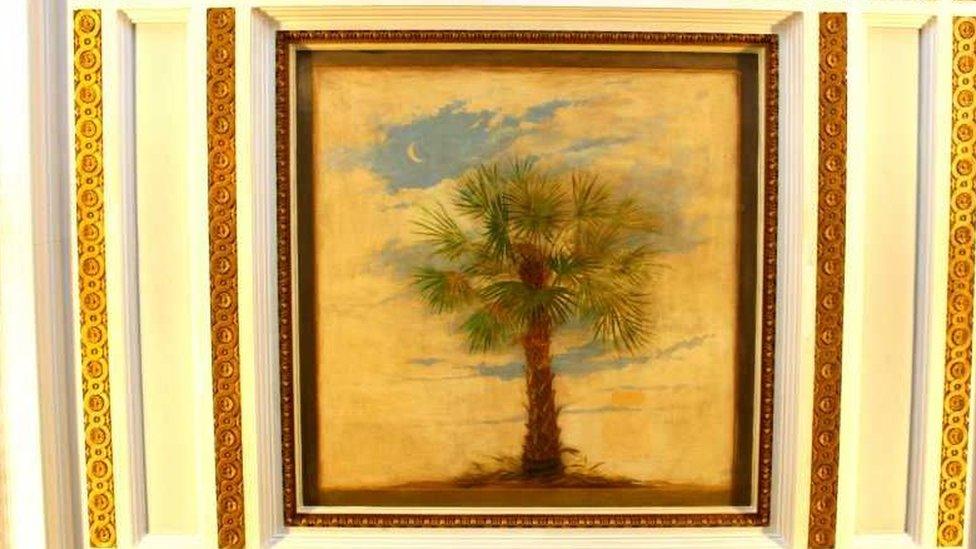
Art from the Confederate era remains on display in Liverpool
Dr Sebrell said: "They wanted to avoid a diplomatic incident and wanted the matter dealt with quietly."
Foreign Secretary Lord Clarendon did not want attention to be focused on the British crew members on the ship.
"Sailors were simply asked of their nationality, upon which each put on a fake Southern accent and lied, and they were all also paroled," Dr Sebrell said.
"Whitehall, intentionally, avoided a diplomatic quagmire and international embarrassment."
For Waddell, his time in Liverpool lasted longer than he might have anticipated as he was taken ill on the evening after the surrender.
He spent two bedridden years at the city's Royal Hotel, until he gradually recovered from his illness.
An amnesty in the USA in 1867 meant Waddell was able to return to his native Maryland where he died aged 61 in 1886.
- Published28 March 2013

- Published7 November 2012
